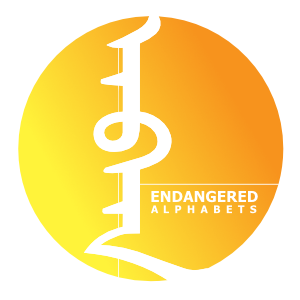The Art of Writing: An Online Conversation

Dear friends of the Endangered Alphabets, and of the written word:
I plan to write a book about a fascinating and paradoxical phenomenon taking place all over the world.
Just when we in the West are abandoning the art of handwriting or delegating writing altogether to AI, a number of minority cultures around the world are doing exactly the opposite–reconnecting with their pasts and their identities by teaching calligraphy in their traditional scripts. In Nepal, in the Philippines, in Bali, in China, in Mongolia, people are relearning the art of writing by hand. Do they know something important we don’t? And what is the future of the written word?
There’s a ton to discuss here, and as usual I assume I’m surrounded by people who know more than I do. With that in mind, I’m organizing an online discussion of the subject at noon EST on Sunday, November 24th, and in fact every other Sunday, for 90 minutes. I have a series of questions in mind, and I suppose I’ll have to limit discussion of each, and then I’ll throw the conversation open for free-for-all.
Note: This zoom will be recorded, but the video will not be made public. It’s strictly so all your interesting ideas and stories don’t get lost. The video will be transcribed, and if you would like a copy of the transcription, sign up for the Endangered Alphabets mailing list on this website and I’ll email it to you.
The Zoom free registration:
https://us02web.zoom.us/meeting/register/tZIofu2spjksHNPz3iqkv6YH7szuTcjXyMes
Tim
Resources
Here are some Instagram accounts you may find interesting. Please suggest others!
Beachscriber (Andrew van der Merwe)
The Making of Ink, traditional style
Annual contest in which people submit creative designs based on letters of the Sinhala or Tamil scripts.
Animal calligrams
Calligraphy and typography expring the Kannada script of south-western India.
John Stevens

